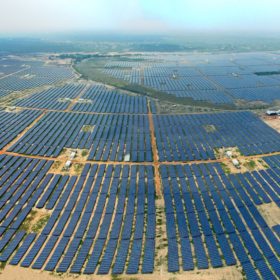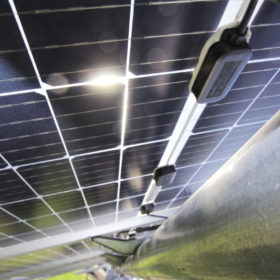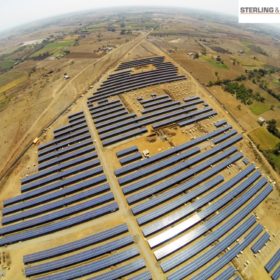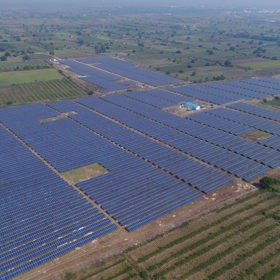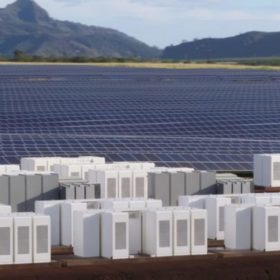Renewable energy: 7,592 MW commissioned in first nine months of the fiscal year
Capacity additions for the current fiscal year are set to exceed the previous accounting period’s 8,532 MW. With Rs405 billion invested in clean energy in the last fiscal year, spending in the first nine months of 2019-20 has been estimated at Rs367 billion.
Engie sells controlling stake in 813 MW Indian solar portfolio
Mumbai investor Edelweiss Group will gain a controlling stake in the generation assets in a deal which Engie says will allow it to reduce its debt by Rs3,160 crore.
Adani rolls out roadmap to become largest renewable power player by 2030
India’s largest private-sector thermal power producer—which ranked as the sixth largest solar player globally in 2019—will invest over 70% of its budgeted Capex for the energy vertical into clean energy and energy-efficient systems to fuel its transformation.
The long read: Back to the drawing board
The combined use of trackers and bifacial modules can result in significant power gains, but they are not distributed equally. For single-axis tracking R&D teams, the process of optimizing the output from arrays that use bifacial modules requires experimentation and a steep learning curve in terms of what is going on underneath the module.
India will need 125,000 km2 land to achieve its renewable targets, says TNC research
The land required to meet India’s 2022 renewable energy target ranges from approximately 55,000 to 125,000 km2, or areas roughly the size of Himachal Pradesh or Chhattisgarh, respectively. This much land is likely to impact 6700–11,900 km2 of forest land and 24,100–55,700 km2 of agricultural land. The good news is that India’s already degraded lands have the potential of 1789 GW, which is more than ten times the 175 GW target.
Technique Solaire commissions its second photovoltaic power plant in India
The first Indian power plant, with a capacity of 5.5 MWp, was inaugurated in 2017 in the state of Uttarakhand. With the just commissioned photovoltaic power plant of 27 MWp, the developer claims to offer the lowest price of solar electricity in the Indian state of Maharashtra.
India’s first “fully solar powered” railway section
South Central Railway’s Nandyal-Yerraguntla section in Guntakal Division has been declared as the first solar section in India that has all of its stations in one stretch powered by solar panels.
Rajasthan set to take the solar crown in 2020
Norwegian analyst Rystad Energy has predicted the stop on PV tenders in Karnataka will see Rajasthan become India’s leading solar state this year. The market research firm expects India to add only 10 GW new solar in 2020, however, and the same figure in 2021.
‘India will add 14 GW of solar this year’
The annual global outlook report for solar published by IHS Markit notes there was no real uptick in the amount of new capacity added last year, compared with the returns seen in 2018. That is likely to kill any hope India has of overtaking the U.S. as the world’s second biggest solar market in 2020.
Maharashtra retenders 1350 MW ground-mount solar projects
Ceiling tariff is revised to Rs 3.30 per unit for distributed solar projects that shall come up across 30 districts for giving day time power to agricultural consumers in the state. Individual project size is limited to 2-10 MW. Bidding closes on January 29.


